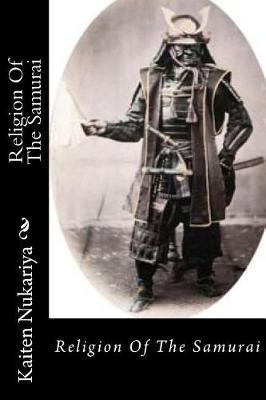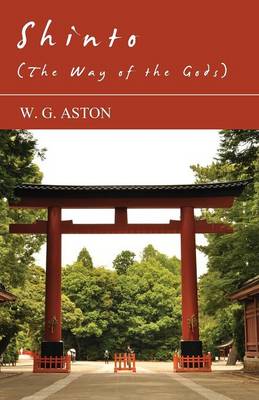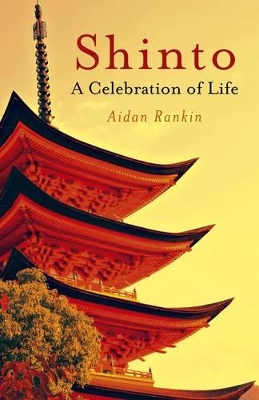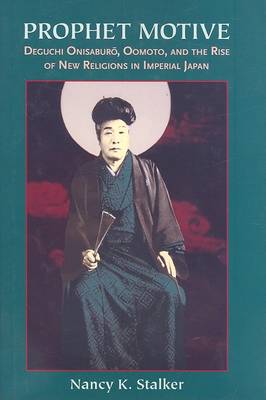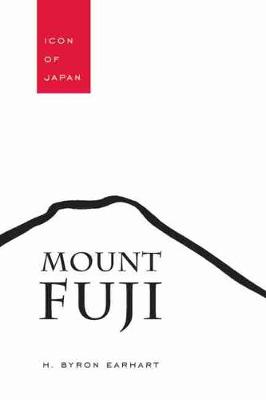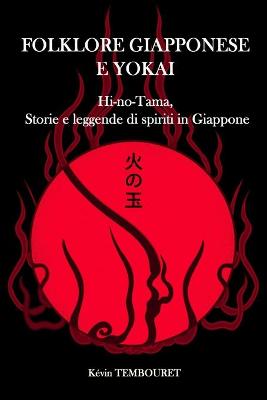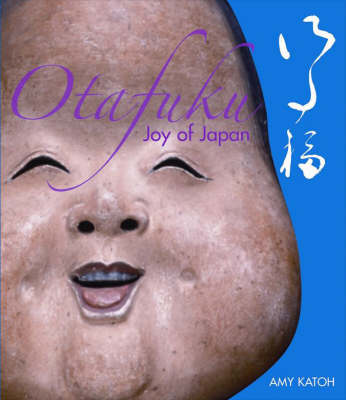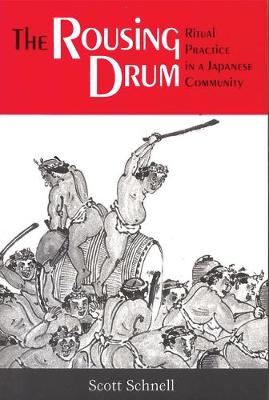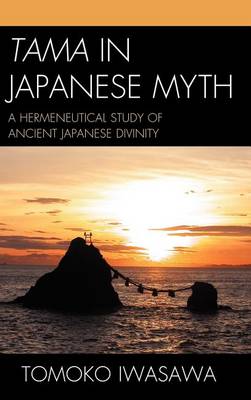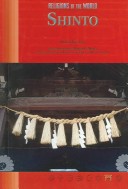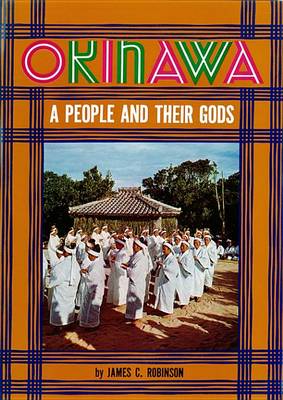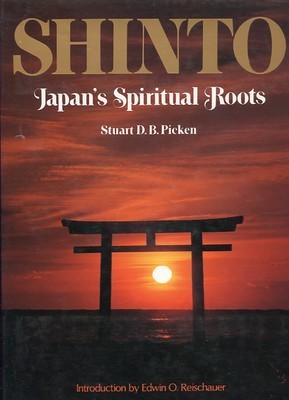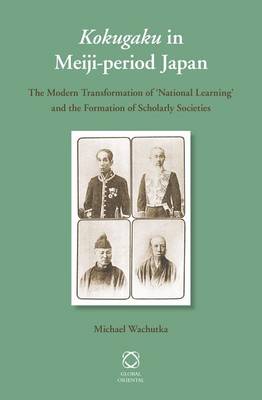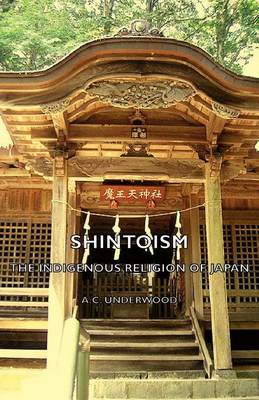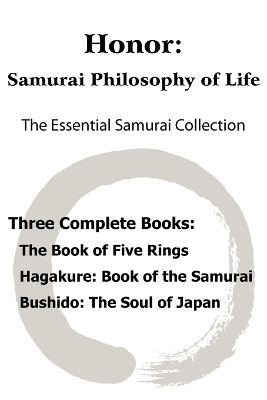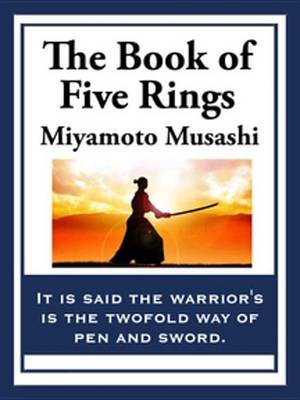Buddhas and Kami in Japan: Honji Suijaku as a Combinatory Paradigm
by Mark Rambelli Teeuwen, Fabio
Religion of the Samurai (Triamazikamno Editions, #44)
by Kaiten Nukariya
First published in 2005. Routledge is an imprint of Taylor & Francis, an informa company.
Shinto is an ancient faith of forests and snow capped mountains. It sees the divine in rocks and streams communing with spirit worlds through bamboo twigs and the evergreen sakaki tree. Yet it is also the manicured suburban garden and the blades of grass between cracks in city paving stones. Structured around ritual cleansing Shinto contains no concept of sin. It reveres ancestors but thinks little about the afterlife, asking us to live in and improve the present. Central to Shinto is Kannagara...
From the 1910s to the mid-1930s, the flamboyant and gifted spiritualist Deguchi Onisaburo (1871-1948) transformed his mother-in-law's small, rural religious following into a massive movement, eclectic in content and international in scope. Through a potent blend of traditional folk beliefs and practices like divination, exorcism, and millenarianism, an ambitious political agenda, and skillful use of new forms of visual and mass media, he attracted millions to Oomoto, his Shintoist new religion....
Illustrated with color and black-and-white images of the mountain and its associated religious practices, H. Byron Earhart s study utilizes his decades of fieldwork including climbing Fuji with three pilgrimage groups and his research into Japanese and Western sources to offer a comprehensive overview of the evolving imagery of Mount Fuji from ancient times to the present day. Included in the book is a link to his twenty-eight minute streaming video documentary of Fuji pilgrimage and practice, F...
Anywhere you go in Japan you are likely to encounter the plump, smiling image of Otafuku. Author Amy Sylvester Katoh traces the roots and folk beginnings of this mythic figure, showing Otafuku's many delightful identities, and providing a magical glimpse into this charming character who has become a national icon. With a mixture of poems, photographs, anecdotes, and stories, she presents a veritable treasure chest of surprises that is sure to enchant readers.
Tama in Japanese Myth attempts to elucidate Japanese religious experiences by presenting a new interpretation of the oldest existing text of Japanese myth, the Kojiki. Informed by phenomenological hermeneutics, Iwasawa shows that the concept of tama lies at the core of Japanese religious experiences. Tama is often compared to spirit and soul in Western philosophy and religion and especially to the German concept of Geist. Tama develops in ways that do not assume a dichotomy between the ideationa...
Shinto (Religions of the World) (Religions of the World (Chelsea Tb))
by George Williams
* Accessible and accurate surveys of mainstream religions * All aspects - including roots and founding, primary bellefs, and cultural activities, the ways in which the faiths are perceived by the rest of the world, and the experience of growing up as a member of the religion - are examined * Excellent introductions to the world's major faiths A survey of the indigenous religion of Japan which came into being around 2,500 years ago.
The enigmatic relation between religion and science still presents a challenge to European societies and to ideas about what it means to be 'modern.' This book argues that secularism, rather than pushing back religious truth claims, in fact has been religiously productive itself. A historical analysis demonstrates that religious discourses have been reconfigured in the secular sciences, thus prolonging the relevance of religion in new constellations.
Monogram Shinto Journal (Monogram Arabesqueone 365 Lined, #47) (Luxury One 365 Lined, #47)
by N D Author Services
The Book of Five Rings (Shambhala Pocket Library, #27) (Artimorean's Book of Five Rings, #2019)
by Miyamoto Musashi
“You can attain an understanding with which to win against ten thousand.” Toward the end of his life, the great samurai warrior Miyamoto Musashi set down the secrets of his legendary success—the timeless principles of craft, skill, timing, and spirit that result in victory. His emphasis on strategic thinking, concentration, appropriate caution, choice of weapon, and the work ethic reflects the traditional Japanese approach to life. Today The Book of Five Rings has become an underground classic...


